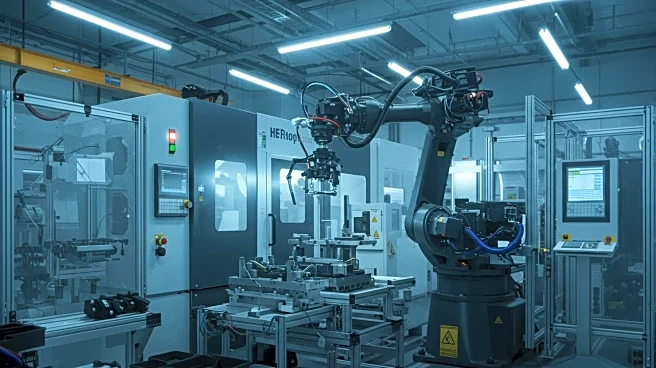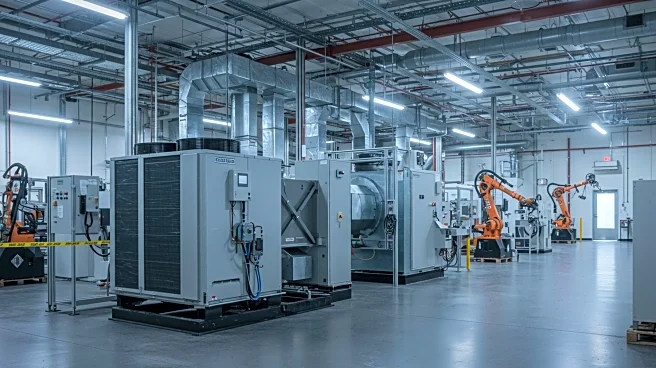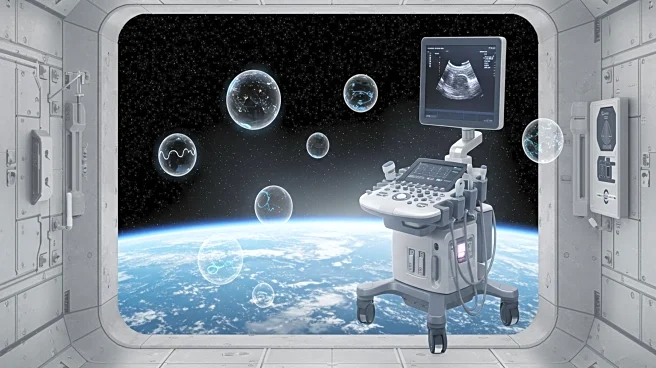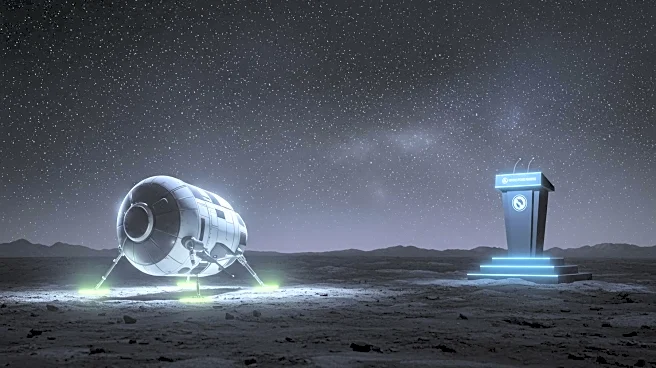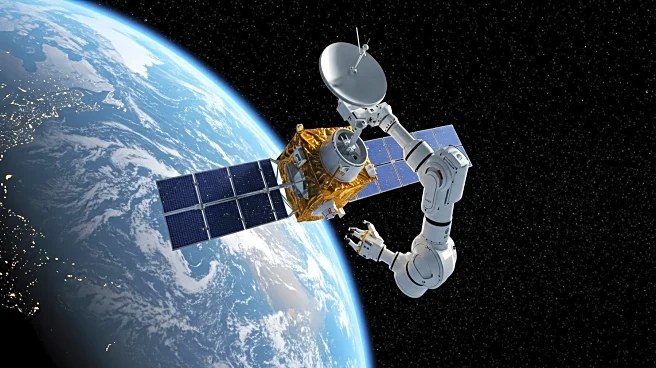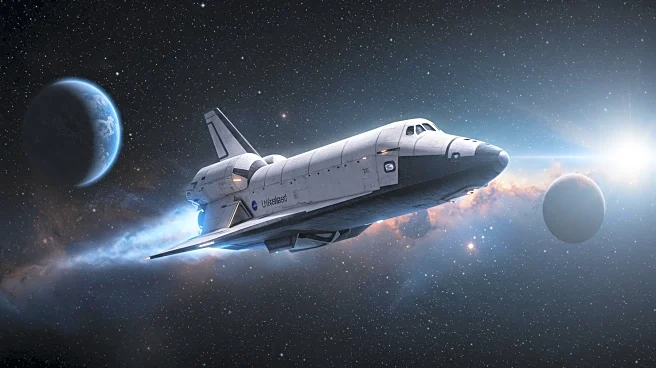Rapid Read • 7 min read
NASA has introduced a 3D-printed habitat designed to simulate the conditions of a Mars mission, as part of its CHAPEA (Crew Health and Performance Exploration Analog) program. This initiative aims to evaluate human health and performance in preparation for future Mars expeditions. The habitat, located in Houston, Texas, will house a crew of four individuals for a year starting in October. The crew will experience isolation and limited communication with Earth, mimicking the expected conditions on Mars. The habitat is equipped to analyze samples collected during simulated Mars spacewalks, providing data to mission control with a communication delay. This setup is intended to enhance understanding of the Martian surface and improve mission planning. The program also emphasizes the importance of aerobic and resistance training to maintain crew health in low-gravity environments.
AD
The development of the 3D habitat is a significant step in NASA's long-term goal of landing humans on Mars by the 2030s. By simulating the conditions of a Mars mission, NASA can gather critical data on human health and performance, which is essential for the success of future missions. The isolation and communication delay experienced by the crew will test their self-reliance and ability to work together without immediate support from Earth. This research is crucial for understanding the psychological and physical challenges astronauts will face on Mars, ensuring they are well-prepared for the mission. The findings could also have broader implications for space travel, potentially influencing the design and planning of other long-duration missions.
NASA plans to announce the new CHAPEA crew in September, selecting individuals with 'astronaut-like' qualities. The upcoming year-long mission will replicate conditions experienced by the first crew, who completed their mission in July 2024. The data collected from these missions will inform future Mars mission planning and help refine strategies for maintaining crew health and performance. As NASA continues to prepare for human exploration of Mars, the insights gained from CHAPEA will be instrumental in addressing the challenges of long-duration space travel.
AD
More Stories You Might Enjoy


